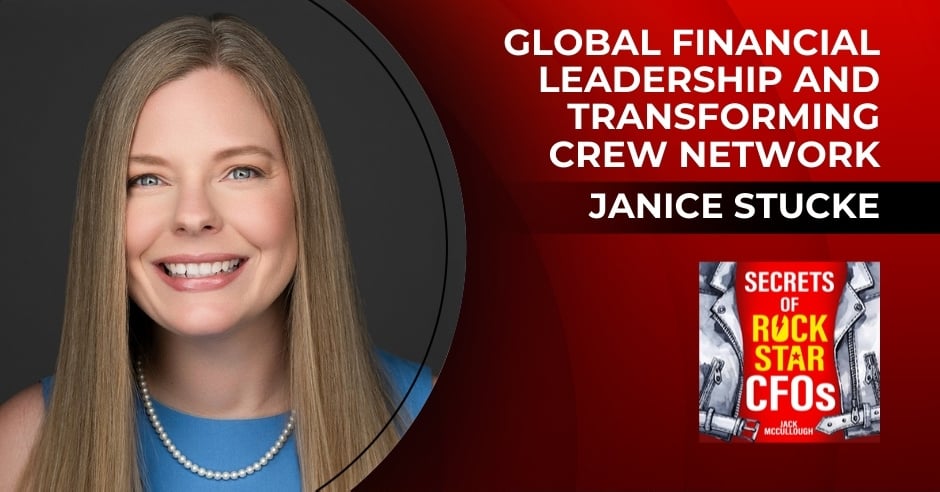The companies that thrive in an uncertain trade environment will be the ones thinking long-term and strategically, not short-term and reacting in a knee-jerk fashion.
So says Brad Kayton, Northeastern regional director of fractional CFO services firm The CFO Centre. As the on-again, off-again nature of Washington’s tariff policies continues, it’s an approach that could prevent companies from having to adjust course when a new court case or trade negotiation upends short-term solutions.
In this interview, Kayton draws on his broad range of experience—as a software engineer, product manager, CEO and CFO of consumer tech businesses, angel investor and board member—to advise fellow CFOs on the financial strategies and tactics that will keep organizations resilient in the face of an unpredictable economic climate.
How should CFOs assess their company’s exposure to tariff risks, and what areas of their supply chain should they focus on?
Since tariffs are constantly changing, businesses must pinpoint their vulnerabilities. This involves first mapping all key suppliers, from first- to third-tier, and determining whether they operate in tariff-affected regions, such as China, Mexico, Canada or the EU.
Understanding the geography of the supply chain is also crucial. CFOs need to assess the origin of components, calculate total landed costs and explore whether alternative suppliers in low-tariff regions exist. Additionally, they should evaluate whether subcomponents in their suppliers’ products carry tariff risks.
Running scenario analyses is another essential step. Since tariffs fluctuate based on political and economic factors, preparing for policy shifts with contingency plans is critical. Companies must model the impact of tariff increases on costs and operations, determining whether they can absorb the changes or need to adjust their sourcing strategies. By gaining a clearer understanding of these factors, CFOs can make proactive decisions rather than scrambling every time government policies change.
What financial strategies can CFOs use to offset rising material costs and protect profitability?
There’s no one-size-fits-all solution, but a mix of financial tactics can help cushion the blow. One approach is to leverage the relatively strong U.S. dollar. Doing so can make imports from non-tariffed regions more affordable and counterbalance other input cost increases. Additionally, CFOs should plan for more inflation ahead. Tariffs often drive up prices across the board, impacting decisions about real estate, capital equipment loans and corporate treasury strategies.
By negotiating with suppliers, businesses can explore options such as longer payment terms, bulk purchasing, alternative sourcing or even direct sharing of the tariff burden. Businesses should also build flexibility into contracts, ensuring their agreements allow for quick adjustments in sourcing and pricing if supply chains need to shift. Additionally, streamlining operations and eliminating non-essential expenses can enhance cash flow and help mitigate higher material costs.
Where necessary, adjusting pricing is an option. Product bundling or premium positioning, for example, can maintain competitiveness without alienating customers. Ultimately, the goal is to strike a balance between cost control and long-term growth, ensuring short-term financial decisions do not undermine future success.
What about financial strategies to protect against volatility? Are there any moves treasury departments should consider?
Consider currency hedging. Tariff wars tend to feature currency swings and sudden corrections, which occur due to adjustments in trade balances, shifts in investor sentiment and capital flows, changes in inflation and interest rates, market speculation and government and central bank interventions.
If your business has money crossing borders, such as international payroll, it could make sense to work with an FX specialist to stabilize currency swings on cash flows and take advantage of favorable exchange rates in some [countries]. A good rule of thumb is that $1 million of cross-border currency conversions is the point at which hedging starts to make sense.
How can companies utilize technology to mitigate their reliance on supply chains impacted by new tariff policies?
Investing in automation enables companies to shift away from labor-intensive overseas production, making domestic manufacturing a viable alternative. Additionally, efficiency-boosting technologies such as AI-driven supply chain analytics and advanced inventory management systems can optimize costs and minimize disruptions. Integrating automation and smart supply chain technology can help a company build an adaptable, cost-efficient operation.
What long-term planning strategies should CFOs focus on to keep trade uncertainties from hampering growth?
Rather than reacting to every tariff announcement, companies should aim for long-term resilience. Diversifying suppliers is key, as relying too heavily on a single country or region can create significant risks. Instead, explore suppliers in low-tariff or tariff-exempt regions to give the company a safety net.
Government incentives for investing in reshoring and bolstering domestic production make it an opportune time to reconsider where critical components are manufactured. That is, after all, the baseline purpose for tariffs.








